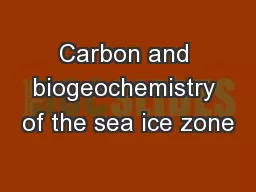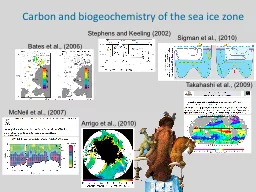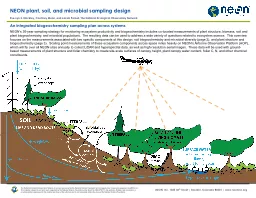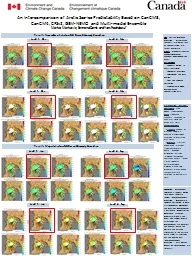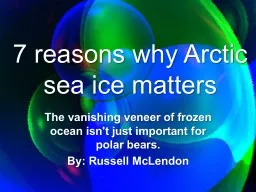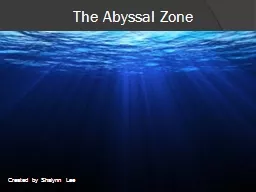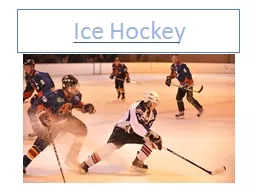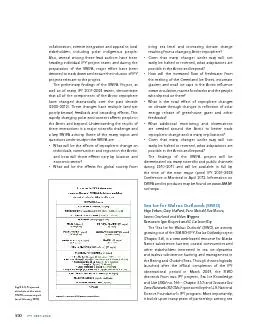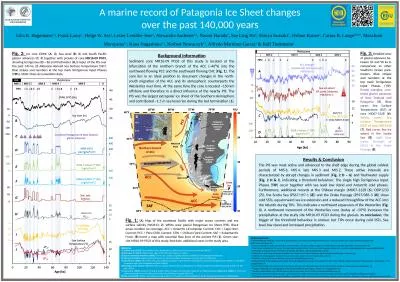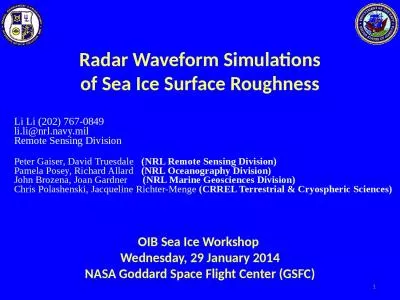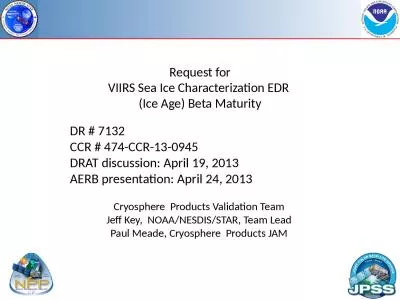PPT-Carbon and biogeochemistry of the sea ice zone
Author : myesha-ticknor | Published Date : 2018-03-09
Bates et al 2006 Stephens and Keeling 2002 Sigman et al 2010 Takahashi et al 2009 Arrigo et al 2010 McNeil et al 2007 Ventilation and subduction in the sea ice zone
Presentation Embed Code
Download Presentation
Download Presentation The PPT/PDF document "Carbon and biogeochemistry of the sea ic..." is the property of its rightful owner. Permission is granted to download and print the materials on this website for personal, non-commercial use only, and to display it on your personal computer provided you do not modify the materials and that you retain all copyright notices contained in the materials. By downloading content from our website, you accept the terms of this agreement.
Carbon and biogeochemistry of the sea ice zone: Transcript
Download Rules Of Document
"Carbon and biogeochemistry of the sea ice zone"The content belongs to its owner. You may download and print it for personal use, without modification, and keep all copyright notices. By downloading, you agree to these terms.
Related Documents

